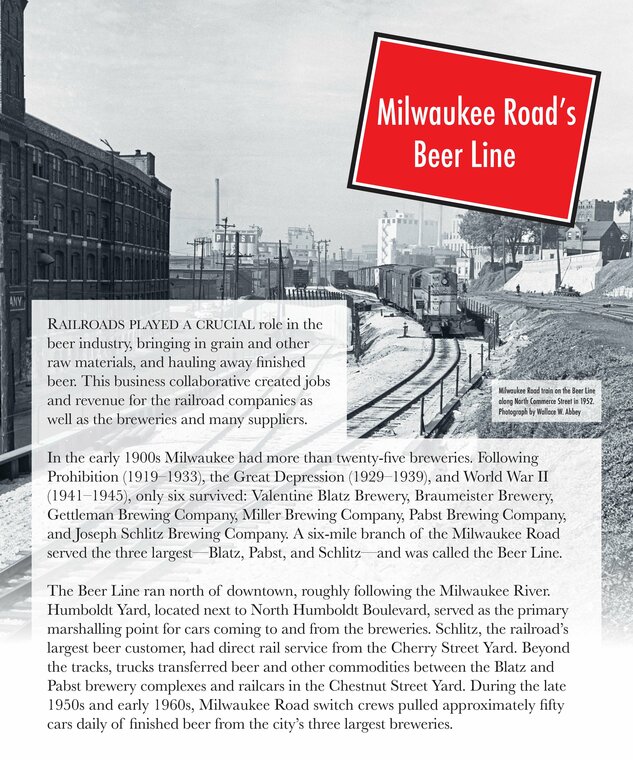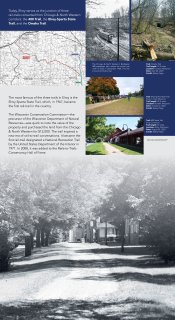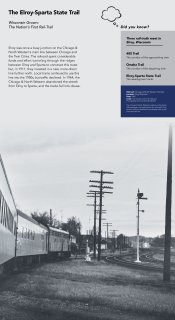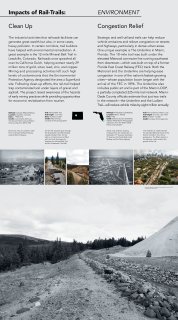
Railroads played a crucial role in the beer industry, bringing in grain and other raw materials, and hauling away finished beer. This business collaborative created jobs and revenue for the railroad companies as well as the breweries and many suppliers.
In the early 1900s Milwaukee had more than twenty-five breweries. Following Prohibition (1919–1933), the Great Depression (1929–1939), and World War II (1941–1945), only six survived: Valentine Blatz Brewery, Braumeister Brewery, Gettleman Brewing Company, Miller Brewing Company, Pabst Brewing Company, and Joseph Schlitz Brewing Company. A six-mile branch of the Milwaukee Road served the three largest—Blatz, Pabst, and Schlitz—and was called the Beer Line.
The Beer Line ran north of downtown, roughly following the Milwaukee River. Humboldt Yard, located next to North Humboldt Boulevard, served as the primary marshaling point for cars coming to and from the breweries. Schlitz, the railroad’s largest beer customer, had direct rail service from the Cherry Street Yard. Beyond the tracks, trucks transferred beer and other commodities between the Blatz and Pabst brewery complexes and railcars in the Chestnut Street Yard. During the late 1950s and early 1960s, Milwaukee Road switch crews pulled approximately fifty cars daily of finished beer from the city’s three largest breweries.




